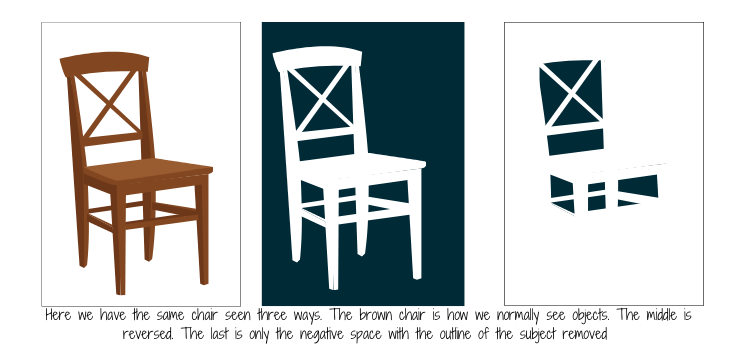Shape is the element of art that refers to the two-dimensional outline or silhouette of an object or form. Whether you’re working with painting or drawing, understanding the role of shape in art can help you to create successful, impactful artwork.
Types of Shapes
Shapes can be either geometric or organic. Geometric shapes are defined by their clean, precise lines and include circles, squares, triangles, and rectangles. You know, our old friends from elementary school! Organic shapes are characterized by their natural, flowing lines and include leaves, flowers, and other elements found in nature.
Shapes in Composition or Design
In art, shapes can be used to create a sense of form, depth, and volume. By combining and overlapping different shapes, you can create a sense of three-dimensionality in your artwork, making the elements in your painting appear to recede into the background or come forward into the foreground.
Shapes can also be used to create a sense of balance and proportion in a painting. By arranging different shapes in a harmonious relationship with one another, you can create a sense of stability and balance that adds to the overall impact of the artwork. At first, harmony is found by instinct. Later, we find that there are rules that help guide our understanding to the instinct around composition harmony, such as the rule of thirds.
Simplifying a complex scene into basic shapes is a great way to organize your composition. See this lesson on how to Simplify a Landscape Composition: https://kristenoneillart.com/simplify-landscape-composition/
Negative Space as a Shape
Negative space can also be shape. As the artist, it can be helpful to look for the shape of the negative space. When we go to draw or paint a chair, to look at the shape created by the spaces of the physical chair, helps us to see the shape of the space that is empty.
“Negative Space: the area around positive forms which shares edges with the forms. Negative space is bounded on the outer edges by the format.” Betty Edwards, Drawing from the Right Side of the Brain. (“By the format” refers to the outer edge of the pictorial plane, like the edge of the canvas, or the paper.)
Symbolic Shapes
One of the benefits of being an artist is it allows you to express your ideas and emotions in a visual way. Whether you’re creating an abstract composition or a representational painting, the shapes you use can convey a wide range of meanings, from joy and happiness to sadness and despair. Many shapes are symbolic, and then lend an entire context to the painting with their inclusion, such as crosses, skulls, and hearts.
” The hummingbird traditionally refers to the Holy Spirit while both it and the butterflies symbolize the fleeting nature of life, along with love and transformation.” – Judy Chicago, describing some of the symbols in this painting in Frida Kahlo, Face to Face by Judy Chicago.
Finally, it’s important to keep in mind that shape is a flexible, dynamic element of art that can be used in a variety of ways to achieve different effects. So, experiment with different shapes, combining and overlapping them in different ways, and see what you can create!
Resources:
Rule of thirds & More Composition Tips: https://kristenoneillart.com/6-composition-mistakes/
Try this at home:
Exercise #1: Simplify a scene by creating basic shapes.
Exercise #2; Look for negative shapes near you. Probably you oversimplify them in your mind, but as you draw them, you will become more aware. My favorite subject matter for this is a wooden chair. So many great shapes!
Self-critique Practice:
Look at a recent painting you made. Are there clear shapes in it? Do you want them to be? Are they organic or geometric? Does that go with the overall feeling you were trying to create with the piece. For example, we cannot imagine a geometric shape with hard edges in a Georgia O’Keeffe flower painting, but in her city nightscapes – most definitely.



